Tags: Gravitational waves
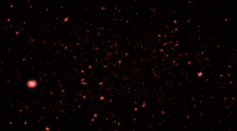
Cosmic Strings Could Break and Shake the Universe, Filling Celestial Spaces With Rippling Gravitational Waves
NASA Simulates Space in Millihertz Gravitational Waves, Enhances Our Understanding of the Milky Way Galaxy
What Is the Speed of Gravity? Do Gravitational Waves Travel Exactly at the Speed of Light?

Faint Ripples from Gentle Black Hole Motion Unveils Large-Scale Gravitational Wave Symphony
Can a Dying Star’s Cocoon Be a Potential Source of Gravitational Waves? Astronomers Use Simulations To Investigate Its Debris
Upgraded LIGO With Higher Sensitivity to Gravitational Waves Is Now Fully Operational to Observe Gigantic Black Hole Collisions

Breakthrough Physics Discovery: Gravity Can Actually Create Light, Study Says
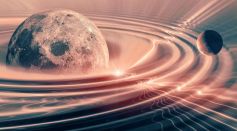
Einstein's 107-year-old Theory on Gravitational Waves Is True; What Are These Forces of the Universe?
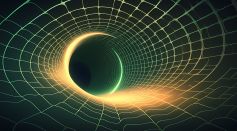
Ripples in Space-time May Allow Scientists See the Beginning of Earth, Scientists Suggest

Black Holes Crashing Into Each Other Generate Gravitational Waves, Distorting Space-Time
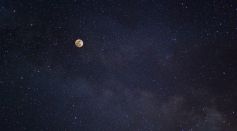
Recent Study Reveals Possibilities of Detecting Gravitational Waves From Extraterrestrial Sources

Colliding Black Holes Created Space-Time Ripples Like No Other, Similar to Waves on the Surface of Water

Two Supermassive Black Holes Predicted to Collide Within Three Years: Here's What to Expect

Tides Might Be Responsible for Rarity of 'Trojan' Exoplanets, Study Claims
New Gravitational Wave Detector Picks Up Mysterious Signals, A Never-Before-Seen Occurrence
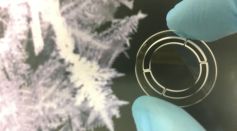
Acoustic High-Frequency Antenna Developed to Detect Rare Short Gravitational Waves
Black Holes, Neutron Stars Merge: Astrophysicists' 'First-Ever' Confirmed Merger Detection
Tennis Ball Scale Primordial Black Holes: Will be Detected by a New Device Which Captures Gravitational Wave, Developed by Astrophysicists
Space-Time Anomaly: Cosmic String's Identification Possible Through Gravitational Wave
Scientists Spend 6,000 Hours in Searching for Gravitational Waves from Neutron Stars
Most Popular

Memory and Learning: How the Brain Stores, Retrieves, and Forgets Information

Gut Microbiome 101: How Gut Bacteria Influence Immunity, Mood, and Metabolism

How Solar Activity Shapes Our Planet: What the Next Solar Maximum Means for Earth

Antibiotic Resistance: How It Develops and Why Misuse of Antibiotics Is Dangerous




